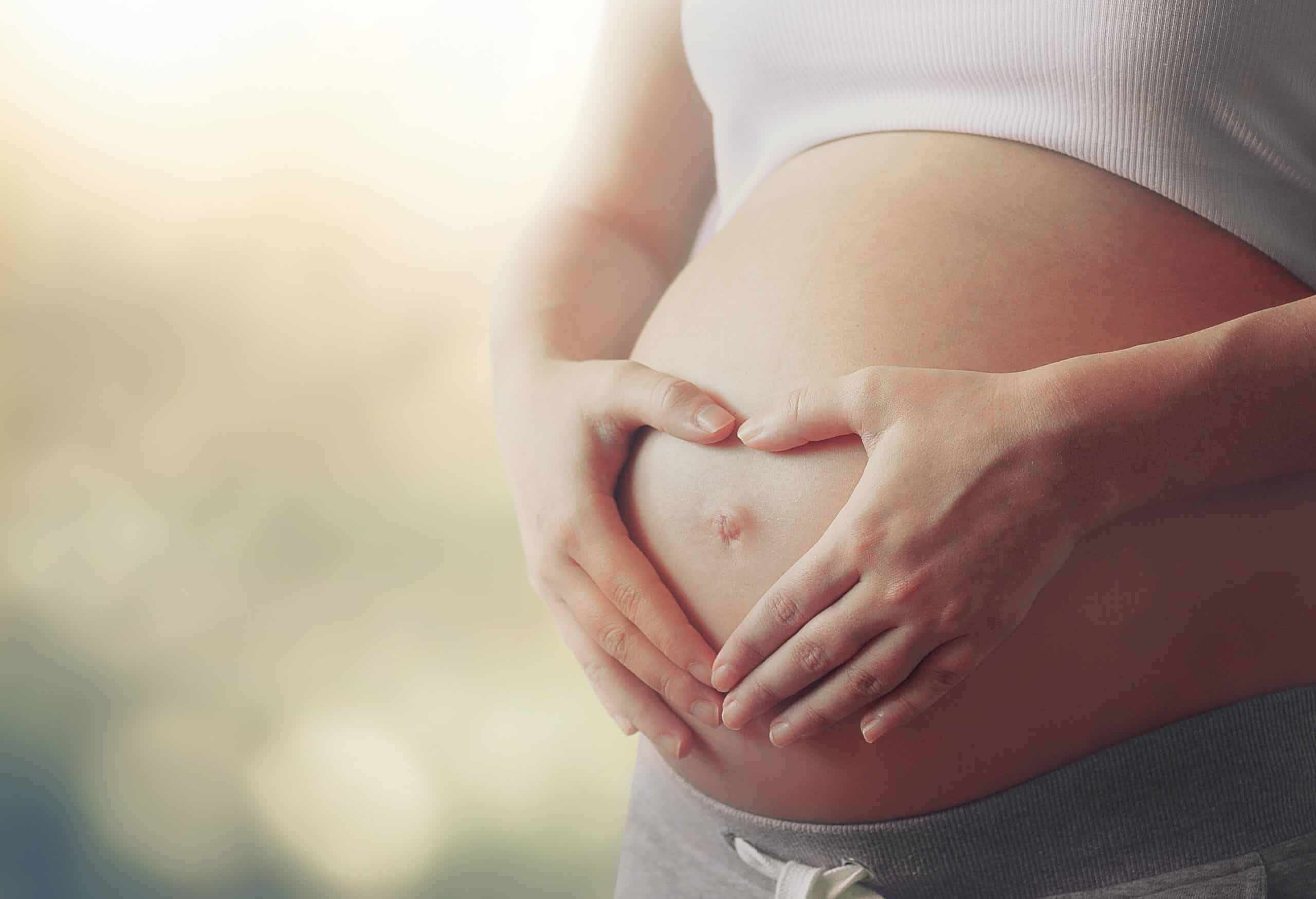
Water birth is becoming more and more popular. For the first time in Poland it was carried out in the Department of Perinatology IGP AM in Lodz on June 1, 1996. Before, they were a big novelty and a challenge for obstetricians. Nowadays they are becoming more and more common and many doctors recommend them due to faster delivery time and less complications.
Water immersion, a non-pharmacological method of alleviating labor pain by immersing the parturient’s body in water, is intended for women in labor with a normal pregnancy.
Contraindications to water birth include:
Before the patient enters the birthing tub, she undergoes basic hospital procedures. Your temperature and blood pressure are measured, and you are connected to an NST recording, a test to check fetal movements and uterine contractions. Water immersion itself cannot last longer than 30 minutes, so the parturient in the first phase of labor is in the delivery room, where she can reduce pain by sitting on a special ball or arranging her body so that the contractions are the least bothersome. You can only enter the bathtub when your cervix is more than 5 cm dilated. Otherwise the labour may stop and the contractions may be calmed down. This can significantly prolong the birth, which can be dangerous for both mother and child. The water in the birthing tub is between 36 and 37 degrees and reaches up to the navel. The water immersion can be interrupted if the contractions become smaller and the labour stops. Only after coming out of the water and dilation of the cervix increases can the parturient immerse again.
In the second phase of labor, when the cervix has dilated to about 10 cm, the parturient remains in the water. This is the period of pushing when the baby comes out into the world. Many mothers find this phase of labor very stressful because they are afraid that the baby will choke on the water. It is important to remember that the baby in the womb is in the amniotic fluid all the time, so the water environment is natural for the baby. In addition, about 48 hours before birth, hormones entering the fetus through the umbilical cord inhibit fetal breathing. This is also affected by the fairly high temperature of the water in the birthing tub (36-37 degrees Celsius). The circulation of the umbilical cord and the warmth of the water mean that the baby will not take in air in the water. It is only after being taken out of the water that it receives impulses, such as a change in ambient temperature, which force the baby to draw its first breath.
The baby is laid on the mother’s stomach to ease the shock of childbirth.

Water birth has many advantages, which make more and more women with non-threatened pregnancies decide on this way of delivering the baby into the world. Gynaecologists, obstetricians, and mothers who have given birth in water also speak in favour of water immersion during childbirth.
A water birth relaxes the skeletal muscles, which in turn increases the stretching of the perineum during the birth. This makes it less likely that an episiotomy, or perineal incision, will be necessary. Due to the action of high hydrostatic pressure of water there is a faster movement of venous blood. This has an impact on accelerating the birth.
During a water birth, the time of water immersion itself is very important, which should not be longer than 30 minutes. Thanks to short immersions, the uteroplacental flow, including oxygenation of fetal tissues, is significantly improved. Warm water makes the parturient feel more calm, the state of sensory hypersensitivity is reduced, so water births are much less painful, and excessive muscle tension is eliminated by water. The release of catecholamines – noradrenaline and dopamine – is also reduced. They affect the increased contractility and excitability of the heart muscle.
Water births have been looked at by researchers from Michigan and Oregon State University. In 2016, they published a study on traditional births and water births. They analyzed 6,500,000 births that took place in water. The midwives who participated in them found that they took place flawlessly, and the newborns did not have lower Apgar scores compared to babies born outside the water. The parturients were much more likely to praise water birth as more relaxing and much faster. After analyzing 300 water births and 2,000 traditional births, the researchers found no particular differences between the two. As it turns out, water birth is no more dangerous than traditional birth
However, it has many advantages, including:
Photo: Zffoto/Adobe Stock